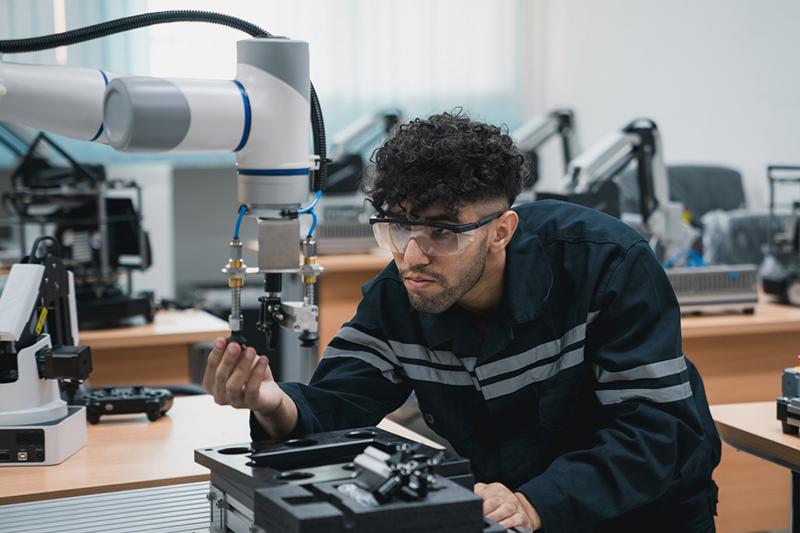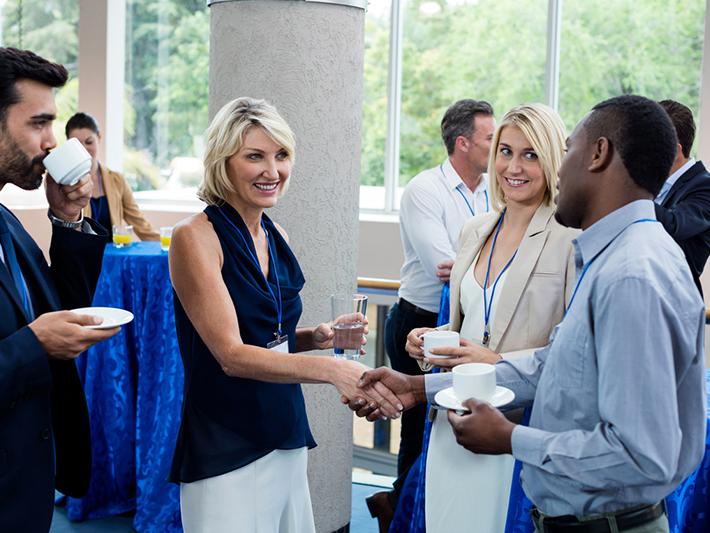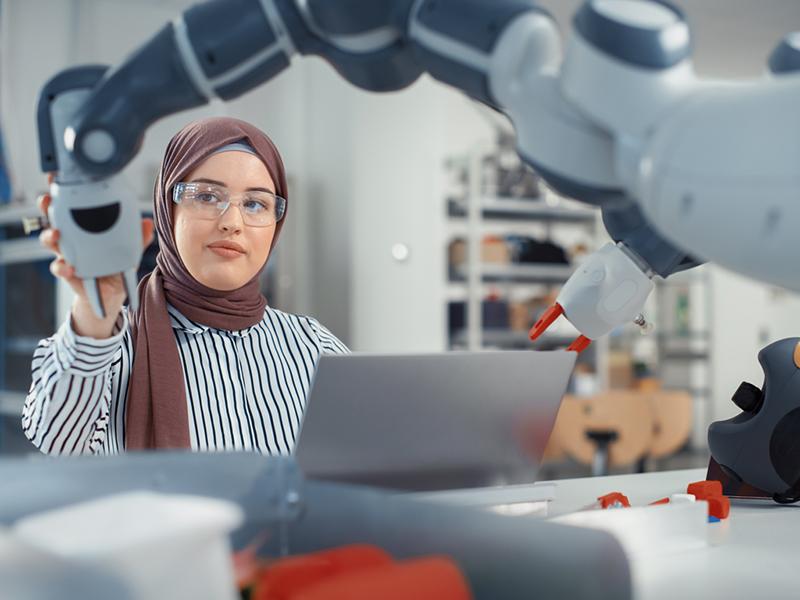Learning used to be achieved by the novice watching experts or masters and then using the skill themselves. This was how engineers were formed before the academic system and schools were created. Until the first technical universities were opened in the 18th century, mapping, surveying and other skills key to civil and mechanical engineering were taught through observation and focused practice.
Future engineers today, however, are learning in a world of information overload, with generative artificial intelligence and access to endless online learning materials. Educators need techniques to cut through the noise and help students to focus on their learning, including hands-on practical learning, demonstrating their potential impact on real-world problems, and tailoring learning to meet each student’s particular interests.
- ‘Design is what industry demands of our engineering graduates’
- Future-proof software engineering students for an AI-dominated world
- Steps to adapt engineering education to changing skills demands
In my mechanical engineering course, these strategies have resulted in more questions from students, higher participation and better student performance. The main challenge of these approaches is that they require much more investment of time and higher budgets to put in place.
Give engineering students a chance to put theory into practice
So, the first piece of advice for motivating students to progress their knowledge is to take them back to learning by doing and pushing this concept to its maximum. For engineering students, this creates remarkable results. For example, in my course, implementation of these methods resulted in higher student satisfaction; end-of-semester student evaluations went from 85 per cent very satisfied (with 10 per cent satisfied and 5 per cent not satisfied) to 100 per cent very satisfied students. Attendance also was higher. Last, students got better grades, with about 12 per cent improvement on results obtained.
Putting theory in practice is achieved by two main methods: learning factories and case studies.
Learning factories
Learning factories are educational settings that replicate real manufacturing or production systems. They combine hands-on experience, problem-based learning and even research activities. They allow students to connect theoretical concepts with practical applications. For example, on our technological platform, students are required to program both robots and cobots (collaborative robots), while also assessing their performance and verifying whether the processes are being correctly executed. They also adjust the parameters for the automated weight control systems on the conveyors, allowing them to observe the outcomes and analyse their mistakes. Observing the results of their implemented theory allows for better understanding. Students’ integration in the learning experience – often through collaboration and peer learning – can foster their intrinsic interest, while successfully applying theory to practice can boost students’ confidence.
Real-life industrial case studies
Collaboration with industry partners is the second key way to motivate students. These case studies show why the course content matters and how it connects to real-world practice. Collaboration with industry partners allows students to learn in a professional environment. When students receive feedback from the instructors or industrial partners on their results, this creates a constructive reinforcement loop. In my course, industrial partners participate as guest speakers, provide study projects and give feedback to students on the work done.
Articulate the impact of engineering expertise on society
As simple as it may seem, focusing on engineering students’ potential impact can also drive their motivation. How will the knowledge or skills they are acquiring benefit society, the planet or the economy? What might seem evident to a university professor can sometimes require several steps of analysis for a student to understand. For example, why are finite elements necessary? What is their impact? At first, for a student this might be hard to grasp, but if explained, they learn that this numerical technique results in safer buildings.
Focusing on impact opens doors to discussion and to different points of view. This should be embraced, not fought. Students should be encouraged to speak their mind and to acquire the skills to talk through varying, even conflicting, perspectives. Educators could ask students to find other potential impacts and present them to their classmates. Encouraging students to share their point of view helps them develop critical thinking, communication and argumentation skills. All three are essential to becoming a good engineer; critical thinking especially is vital in the era of generative AI.
Use tailored learning experiences
Make the most of the potential to customise learning experiences and use different teaching methods to allow for more customer-centric approaches and active learning. Within any constraints – including mandatory skills and knowledge in a course, for instance – that educators may have, 20 per cent of content, say, can be customised. Students may have leeway to choose their topics. For learners, choosing a topic can motivate them to engage more fully in the activity.
More student-centric and active-learning pedagogical methods should be integrated, such as project- or challenge-based learning, inquiry-based learning, flipped learning or serious games. This doesn’t mean instructors should completely exclude more traditional methods, like direct instruction, but they can mix several methods together.
Consider assessment, too. Some students may perform better under certain evaluation methods, so diversity in assignments should be included as well.
All this diversity in didactic methods, academic material and resources, and evaluation methods shows students that real effort is being made to give them the best learning experience, and to fit to their individual needs.
Motivating engineering students requires offering experimental work, real-life case studies and industrial collaborations, a customised learning experience and diversity in pedagogy and assessment methods, and finally a focus on impact. These strategies will foster collaboration, engagement in the learning activity, creativity and curiosity.
Julien Le Duigou is full professor in the department of mechanical engineering and a researcher in the Roberval research institute at Université de Technologie de Compiègne, France.
If you’d like advice and insight from academics and university staff delivered direct to your inbox each week, sign up for the Campus newsletter.




comment